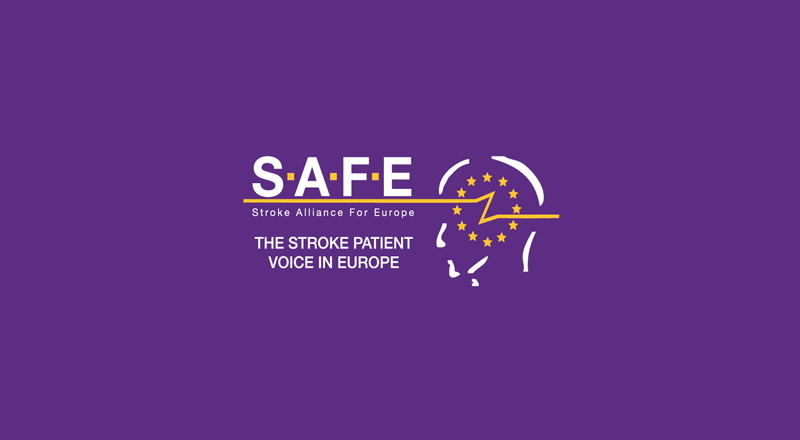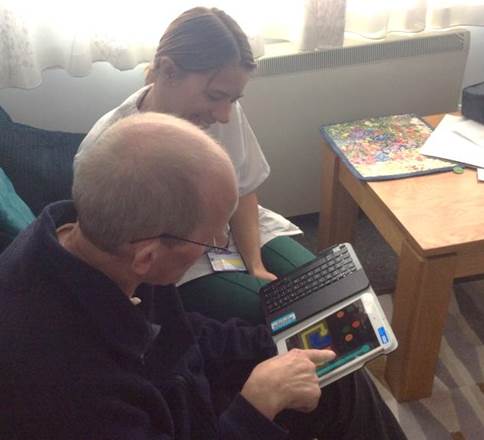
Mar 24, 2017
The medical treatment a stroke patient receives in the first 3 to 6 hours means the difference between life or death, or recovery and lifelong disability.
Rena from Israel, aged 81 was widowed recently and lives a semi active life as she suffers from borderline heart and kidney failure. Early one morning, she telephoned a neighbor, requesting she come over immediately. Within five minutes the neighbor, an active volunteer in the national stroke NGO, heard how Rena was suddenly unable to hold her coffee cup. A quick examination of seeing one hand drop when asked to lift both and the drooping of one side of her mouth were sufficient to immediately call an ambulance. The paramedic repeated the examination, after which he called the “trauma room”, which is equipped to diagnose all emergency patients received at the largest hospital in the city. Within three and a half hours of her original call, she was receiving the tPA treatment. Two days later she was discharged and has not suffered any after effects. When asked how come she knew to react immediately to the weakness in her arm, she said she always remembers the signs of a stroke from the FAST magnet on her refrigerator, a gift from her neighbor. (more…)

Mar 23, 2017
The National Prevention and Rehabilitation League of Stroke in Hungary is a prominently public benefit organisation. Services include health-preservation, prevention of disease, healing- and medical rehabilitation activities. This is their story, told by Krisztina, the President of this organisation, and Eszter, the volunteer.
The World Stroke Organisation is committed to developing more Stroke Support Organizations (SSOs) and stroke support activities around the world. Supportive activity can include information and advice, peer support, family counselling, rehabilitation therapy or welfare services. We want to promote this invaluable activity as much as we can. If you would like to share your stories of stroke support please contact Sarah Belson. (more…)

Mar 17, 2017
In the midst of a media awareness campaign, which emphasized the warning signs of a stroke, the office of Neeman Stroke Survivors Association, Israel, received many calls of gratitude for the important information. A particularly moving one was from the mother of a 34 year old son, who had come home from work not quite “as usual”. His wife noticed a drooping on one side of his face. Recalling the clip she had seen on television, she immediately called for emergency transport to the nearest hospital. Her husband was fortunate enough to be found eligible for “clot busting treatment” (tPA).
After a short period of observation following the treatment, he was discharged with no apparent lingering of what he had undergone. (more…)

Mar 15, 2017
Story source: www.medtronic.com
Recovery for patients like Viet Le is only part of the story.
The first time it happened to Viet Le was bad enough. The second time produced the worst kind of déjà vu.
“Things were going in slow motion again and I remember thinking ‘it can’t be the same thing,’” he said.
But it was.
Twice in nine months, both times while working out, Viet suffered massive strokes. He couldn’t stand or speak to tell bystanders what was wrong. (more…)









